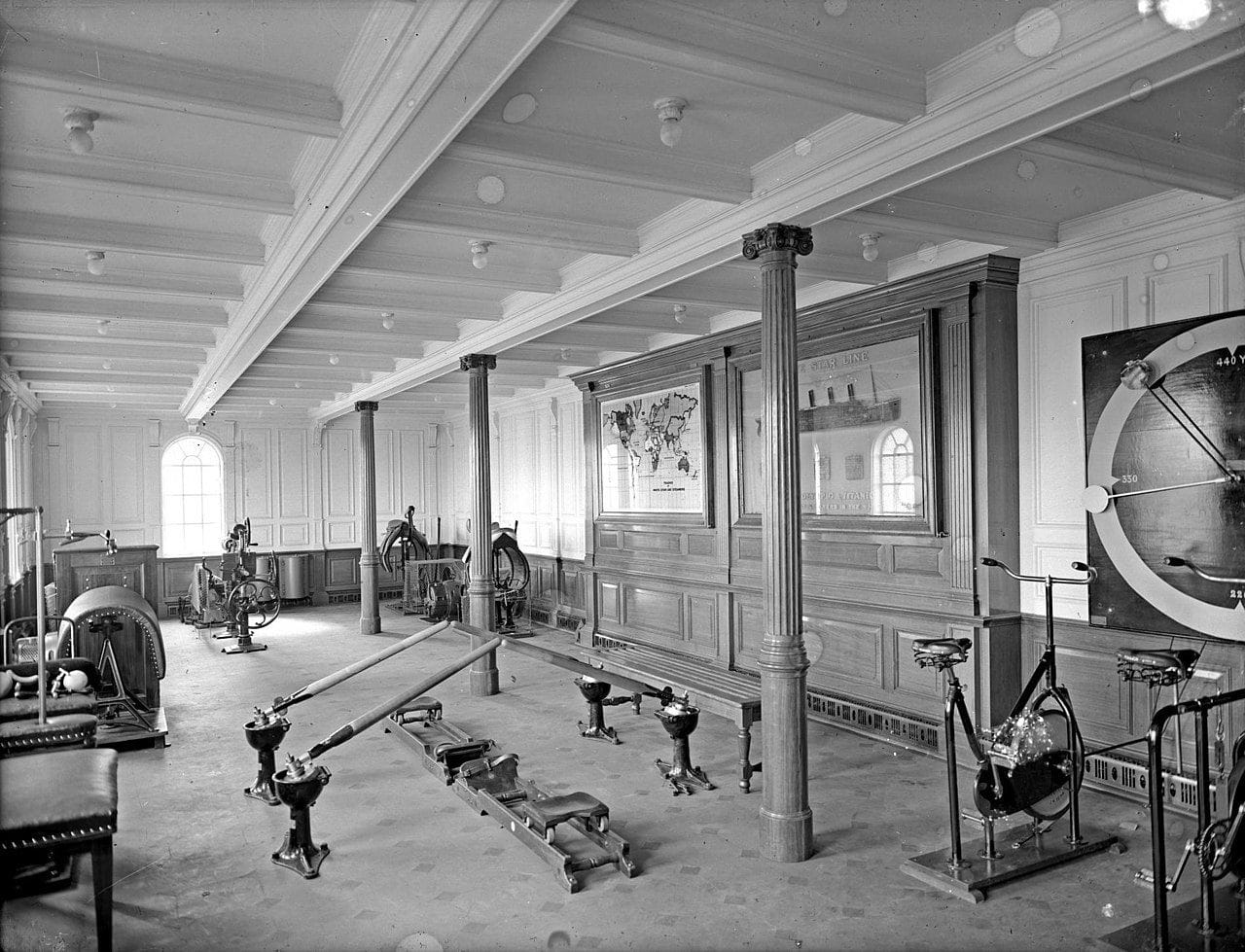Perhaps nothing inspires humility like the legacy of the Titanic: the so-called “unsinkable ship” that did, in fact, sink on its maiden voyage on April 15, 1912.
The ship was built during a time when travel was becoming something people did for leisure rather than necessity. Before that period, long-distance travel, especially by sea, was fraught with danger and discomfort. But with the advent of better travel technology, shipping companies began promoting their new ocean liners as faster and safer than those of their competitors. The Titanic was supposed to be the largest, fastest, most luxurious, and — ironically — the safest of them all.
The Titanic was built with no expense spared: it was equipped with a gymnasium, a swimming pool, libraries, high-class restaurants and cafés, and lavish accommodations for first-class travelers. It also housed some of the most advanced maritime safety technology: 16 watertight compartments with remote-controlled doors that could keep out the water in the event of a leak. It was that feature that led Phillip Franklin, vice-president of the White Star Line that operated the ship, to infamously say: “There is no danger that the Titanic will sink. The boat is unsinkable and nothing but inconvenience will be suffered by the passengers.”
Perhaps due to this confidence, other safety measures were extremely half-hearted: the crew wasn’t trained to help evacuate the ship, and there were only enough lifeboats to accommodate a third of the ship’s passengers at full capacity.
The Titanic set sail on April 10, 1912, from Southampton, England, heading for New York. It carried around 2,224 passengers and crew members. On April 14, the boat failed to avoid collision with an iceberg, which punctured five of its watertight compartments — and the Titanic could only survive the flooding of four of them. 1,500 people died in the disaster, including quite a few of the world’s wealthiest and most influential individuals.
The story has gone down in history as a grim lesson in the dangers of overconfidence, and as a catalyst for the development of maritime safety regulations that are still observed to this day.
The legacy of the Titanic has been immortalized in many books, folk songs, memorials, and films — most famously by James Cameron’s Oscar-winning 1997 film Titanic.
Do our colorized photos bring the film to mind?
The remains of the Titanic may be eroding at the bottom of the Atlantic Ocean, but the memory of its splendor and the atrocity of so many needless deaths lives on in our collective consciousness. Seeing these photos in color throws the enormity of the tragic loss into sharp relief.
Did any of your ancestors remember the sinking of the Titanic? Did any of them survive a shipwreck? Let us know in the comments!
The post The Titanic Brought to Life with MyHeritage In Color™ appeared first on MyHeritage Blog.
Source: My Heritage




























Be First to Comment